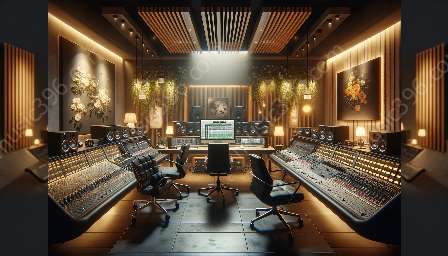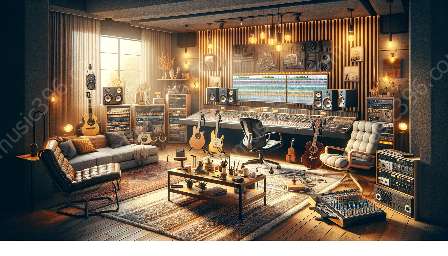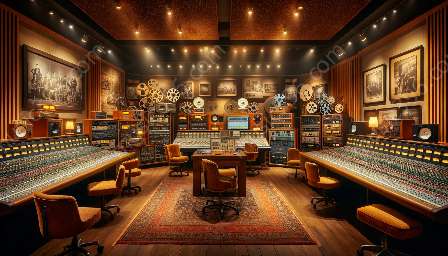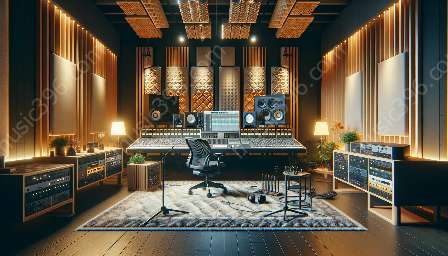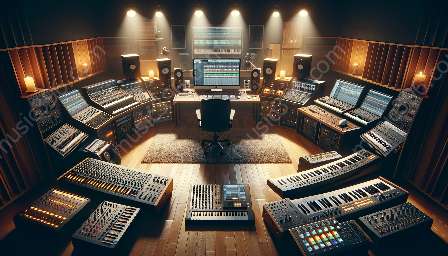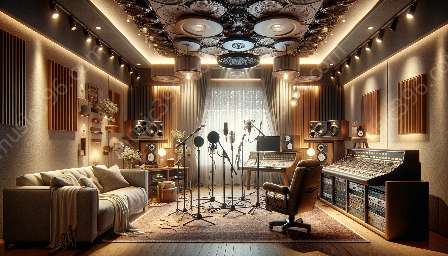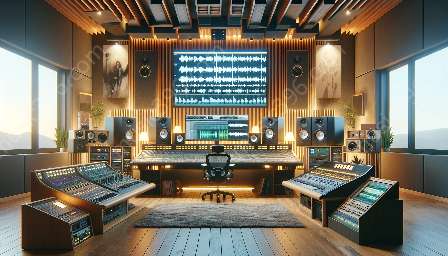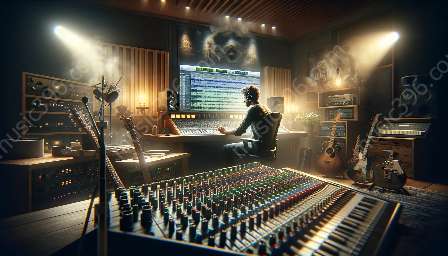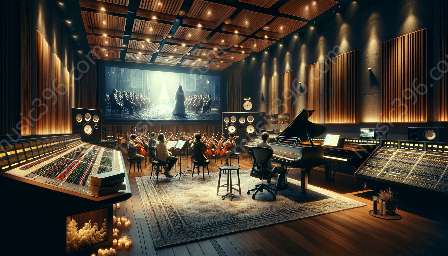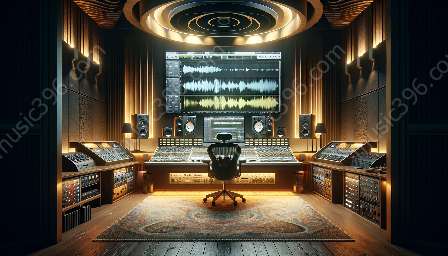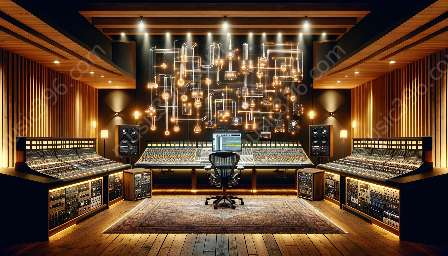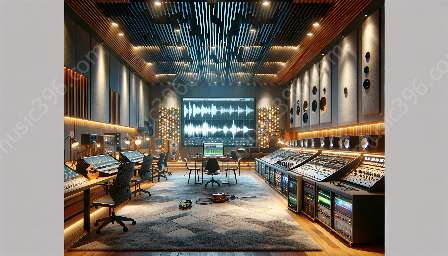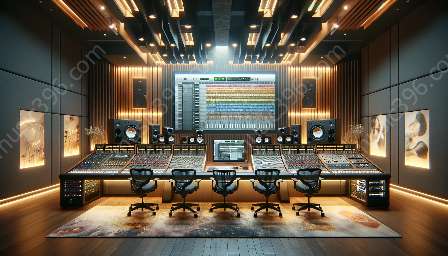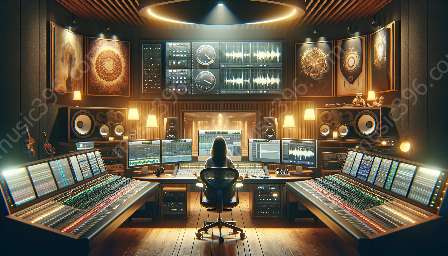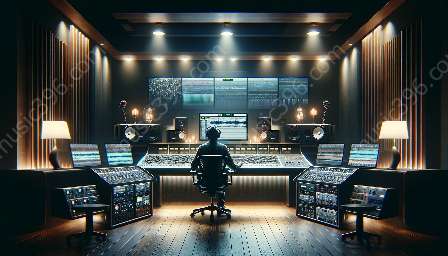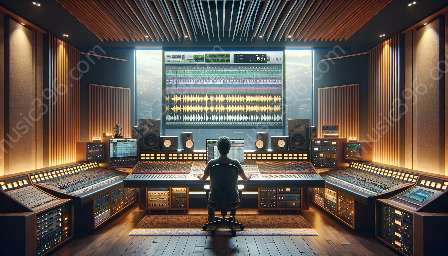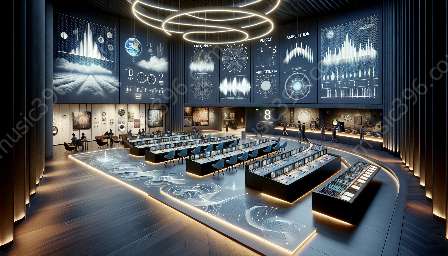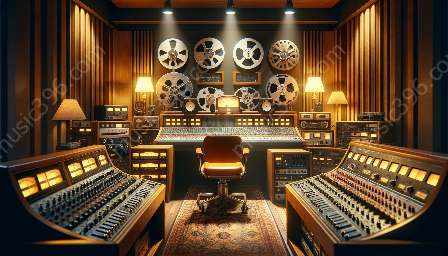Modern multi-track recording workflows have been significantly transformed by the integration of automation and control surfaces. This advanced technology streamlines the recording process, enhances precision, and empowers musicians and producers to achieve new levels of creativity and efficiency.
The Benefits of Automation in Multi-Track Recording
Enhanced Precision: Automation allows for precise and consistent control over various parameters such as volume, panning, and effects in multi-track recordings. This level of precision ensures that each element of the recording can be fine-tuned to perfection, resulting in a polished and professional sound.
Efficiency: Automation significantly reduces the time and effort required to achieve complex mix adjustments. By automating repetitive tasks and intricate changes, recording engineers can focus more on the creative aspects of their work, leading to increased productivity and faster turnaround times for recording projects.
Consistency: Automation ensures that the desired settings and changes are applied consistently throughout the recording, eliminating the potential for human error and maintaining a uniform sound quality across multiple tracks.
The Role of Control Surface Integration
Intuitive Control: Control surfaces provide a tactile and intuitive way for recording engineers to interact with the digital audio workstation (DAW) and manipulate various parameters in real time. This hands-on approach offers a more natural and responsive workflow, allowing for a deeper connection between the user and the music being created.
Enhanced Creativity: Control surfaces empower musicians and producers to experiment and improvise, much like they would with traditional analog recording equipment. The ability to physically adjust faders, knobs, and buttons in real time fosters a more organic and dynamic recording process, leading to more inspired performances and innovative sonic landscapes.
Real-Time Feedback: By integrating control surfaces into the multi-track recording workflow, users can receive immediate visual and tactile feedback on their changes, enhancing their overall understanding of the music and enabling them to make informed decisions on the fly.
The Synergy of Automation and Control Surface Integration
The seamless integration of automation and control surfaces in modern multi-track recording workflows creates a synergy that amplifies the capabilities of each technology and delivers a host of benefits to recording professionals and musicians alike. By combining the precision and efficiency of automation with the tactile and expressive control offered by surfaces, the result is a recording process that is both technically advanced and artistically enriching.
Conclusion
The role of automation and control surface integration in modern multi-track recording workflows is paramount in shaping the way music is recorded and produced today. These technologies have revolutionized the recording process, offering unprecedented levels of precision, efficiency, and creativity to musicians and recording engineers. As the integration of automation and control surfaces continues to advance, we can expect even greater innovations and opportunities in the world of multi-track recording.



